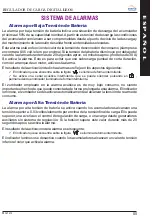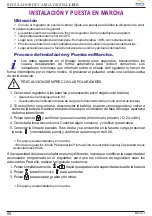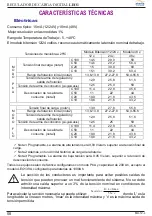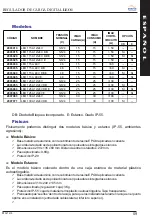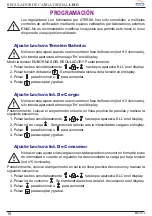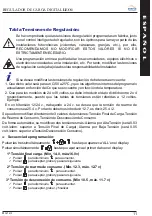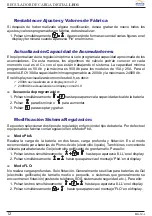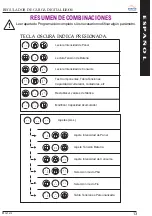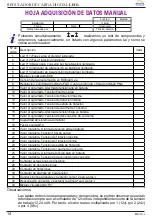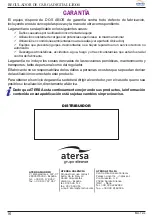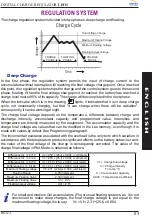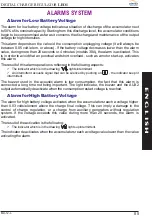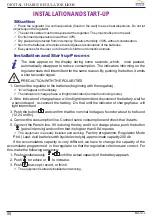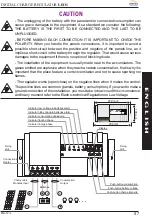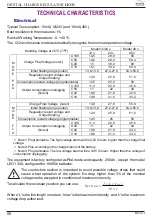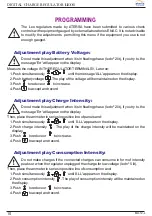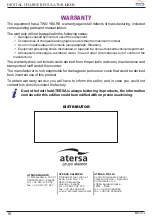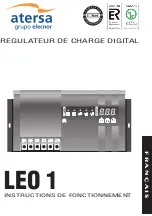
INTRODUCTION
The system of control and regulation of the LEO series introduces the use of the micro-
controller in the management of a photovoltaic system. The elaborated programme
provides a control enabling it to adapt automatically to the different situations. This permits
the manual modification of its parameters for special installations, and memorises data
making know what was the installation evolution for a certain period of time.
The LEO-Series regulators introduce a new concept in the management of photovoltaic
systems: the microcontroller. Programming automatically adapts to the various situations
which may occur and allows manual modification of operation parameters. These regulators
incoporate a data memory which permits to know the evolution of the installation for a certain
period. The LEO-Series regulatores are designed to provide complete, reliable, flexible,
low-cost, very-low-consumption, digital regulation and control to medium and low-power
systems which do not require any additional instrumentation.
The most modern technologies are used in the design of each of its functions. The control
through microcontroller, the commutation of power lines with solid state relays and the use
of a PWM to make analogic display, permit a high reliability and performance.
The microcontroller features an intelligent algorithm control with which it goes learning the
installation characteristics and adapting to it optimising this way the regulation
management. For that it considers, together with the programmed voltage values, the most
important parameters like battery voltage , temperature, charge and discharge intensity,
accumulator capacity, installation historic
There is a possibility to change the regulation voltages, eventhough this is not advisable for
special installations (telecommunications, etc.) and with gauged measuring equipment This
way you can adequate the equipment operation to the particularities of special installations,
providing an optimal regulation.
They are available in a 12/24V version (the equipment automatically recognises the
appropriate operating voltage), and a version specifically designed for operation on 48V
operating voltage.
The operator can select two types of battery (See Programming).
They are available with blocking diode, that besides avoiding possible back-currents ;
prevent a short-circuit in the panels line could damage the regulator.
We will always call Handling Voltage as the result of calculations made by the Leo
mathematics algorithms. It always depends on the programmed voltage and can depend on
the temperature, intensities difference, accumulator capacity, installation historic, etc.
We will call Historic as the state of the charge reached in the accumulator in the previous
days, and which affects the rank of DFB floating band. See Final Charge and Floating.
Each light indicator that informs on the regulator state, gets intermittent so as to
reduce the equipment consumption.
ü
ü
PbA Mode: Makes the charge of the battery in two phases, deep charge and floating. It is the
advised mode for lead-acid batteries(liquid electrolyte). It is also convenient to use it for big sized
Gel batteries (gel electrolyte).
FLO Mode: Does not make deep charges. Only floating. Usually it is used for small or medium
Gel batteries (gel electrolyte) systems generally found in floating ( SOS posts, safety systems,
etc.).
DIGITAL CHARGE REGULATOR
LEO1
02
MU-12-L


